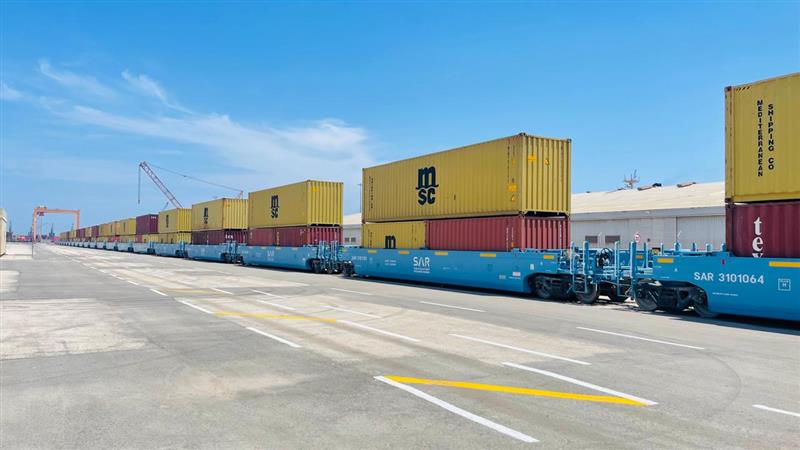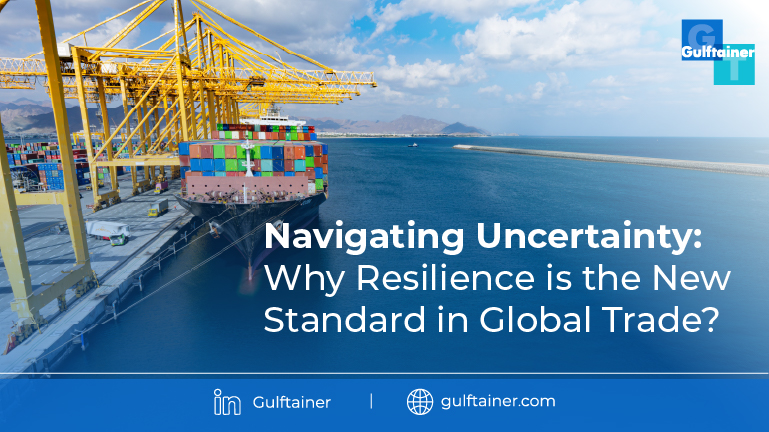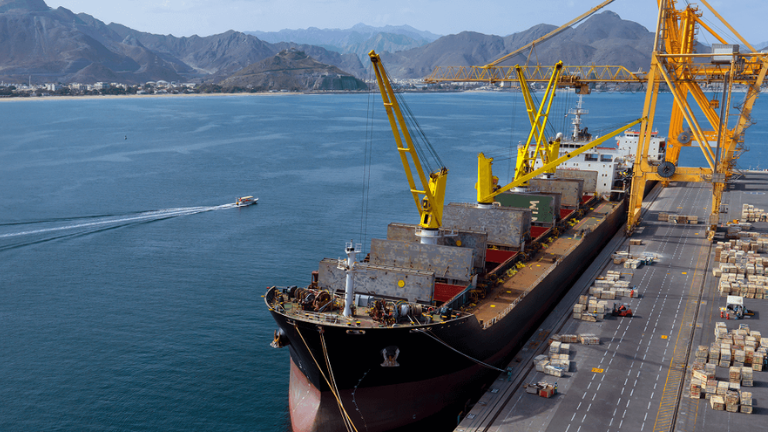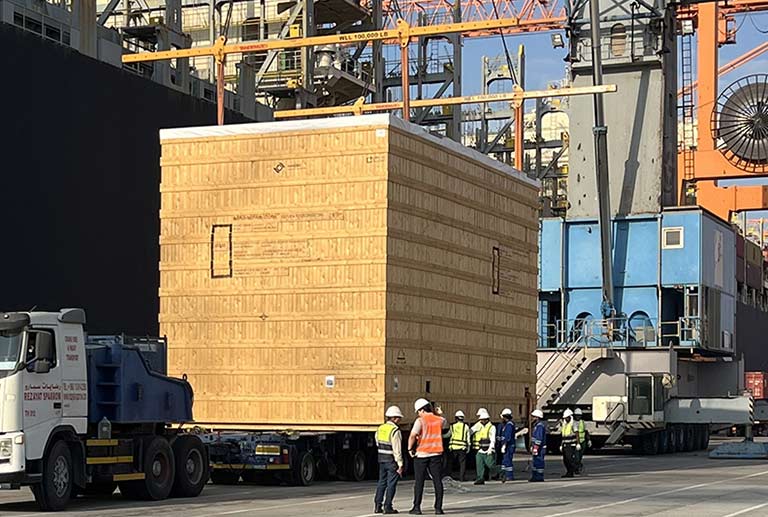Introduction to Intermodal Freight Transportation
Intermodal freight transport involves moving goods using two or more modes of transport, such as sea, rail, air or road, all while keeping the cargo within a standardised steel container. This method significantly streamlines the logistics process compared to the older practice of break-bulk cargo, where goods were manually packed into ships, lorries, and trains. Today, intermodal transport plays a key role in global trade, with around 90% of goods being transported in containers by sea.
The Role of Standardisation in Intermodal Transport
The development of standardised container sizes has been instrumental in making intermodal transport more efficient. Originally adopted by the United States military during the Second World War, containers have since evolved to become a cornerstone of global logistics. The International Standardisation Organisation (ISO) established container dimensions, with the most common sizes being 20, 40, 45, 48, and 53 feet long. This has allowed for seamless transport across different modes, reducing costs and increasing efficiency. The use of the twenty-foot equivalent unit (TEU) provides a standard measure for container capacity, further simplifying logistics.
How Rail Connectivity is Transforming the UAE
The UAE’s existing ports, road networks, and international airports already position it as a vital hub in global trade. The introduction of the Etihad Rail network is set to significantly enhance the country’s inter-modal connectivity, integrating rail transport into its logistics network. This development will strengthen the UAE’s role as an efficient multi-modal hub, meeting the growing global demand for more streamlined logistics solutions. According to the Ports & Terminals report, global container port throughput is expected to grow by 2.5% in 2024, and the UAE is well-positioned to accommodate this growth.
Sharjah: A Strategic Intermodal Hub
Sharjah, the only emirate in the UAE with ports on both the eastern and western seaboards, boasts an international airport and a well-connected road network. With the addition of the Etihad Rail network, Sharjah is set to become an even more crucial player in global logistics. Its strategic position between Europe and South Asia makes it an ideal gateway for international trade. Enhanced connectivity will likely attract further business and investment to the region, driving economic growth.
Gulftainer’s Role in Intermodal Transport
Gulftainer, a key player in Sharjah’s logistics landscape, is instrumental in this transformation. Managing major ports and inland container depots, including the Khorfakkan Container Terminal (KCT), Gulftainer offers comprehensive intermodal solutions. Its facilities are positioned to make the most of the UAE’s intermodal capabilities, providing scalable options for global trade. This enhanced infrastructure allows Gulftainer to streamline freight operations, reducing transit times and improving efficiency.
The Saudi Connection: Intermodal Rail Hub
Gulftainer has expanded its intermodal offerings in Saudi Arabia as well. At Jubail’s Commercial Port (JCP), the company manages rail operations connected to Saudi Arabia Railways (SAR) through three rail lines. These lines provide capacity for 288 TEUs per train, offering competitive intermodal solutions for clients in Riyadh. The rail connectivity enables efficient import and export cargo flows between Riyadh and the east coast, including the seamless return of empty containers for polymer manufacturers.
Sustainable Logistics
Sustainability is a core focus for Gulftainer. The company has invested heavily in reducing its carbon footprint by adopting eco-friendly technologies. This includes the use of electric-powered equipment such as Rubber Tyred Gantry Cranes and introducing a new fleet of fuel-efficient trucks. By reducing CO2 emissions and optimising resource use, Gulftainer is setting new standards in sustainable logistics operations, which is especially important as the company expands its rail capabilities across the region.
Digital Transformation and Automation
Gulftainer is also committed to embracing technological innovation. The implementation of ‘RISE with SAP’ has helped the company enhance operational efficiency, improve customer service, and support its long-term growth. By leveraging AI-based automation and data analytics, Gulftainer is better equipped to respond to changes in global supply chains and market conditions.
Conclusion: Sharjah’s Role in the Future of Global Logistics
Sharjah’s integration into the Etihad Rail network, coupled with the strategic role played by Gulftainer, positions the emirate as a key player in the future of global trade. By enhancing inter-modal connectivity and focusing on sustainability, Sharjah is well-placed to support the UAE’s economic ambitions. This ongoing development will ensure that Sharjah remains a vital link in the global supply chain for years to come.




